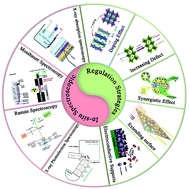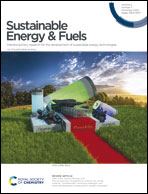First-row transition metal oxide oxygen evolution electrocatalysts: regulation strategies and mechanistic understandings
Abstract
Hydrogen has become an important part of the renewable energy mix needed in order to ensure a sustainable future. Water electrolyzers could use renewable energies such as solar and wind to produce hydrogen. However, the sluggish oxygen evolution reaction (OER) at the anode is the bottleneck in the whole water splitting process. Noble metal Ir and Ru oxides are benchmark OER catalysts with high performance. However, the scarcity and high price limit their large-scale applications. Currently, abundant transition metal oxides have been intensively investigated as potential OER catalysts. In this article, we provide a general comparison between different types of first-row transition metal oxides, including Mn, Fe, Co, and Ni for OER in alkaline, acidic and neutral electrolytes, and the regulation strategies for enhancing their OER performance. Recent in situ spectroscopic studies are also introduced to understand the OER reaction mechanism based on the structure–activity relationship. Finally, this review ends with challenges and perspectives for the development of future OER electrocatalysts.

- This article is part of the themed collection: Sustainable Energy and Fuels Recent Review Articles


 Please wait while we load your content...
Please wait while we load your content...